Here’s a really good and succinct list of resume tips put together by Mike Faber.
With so much job seeking advice floating around, I try not to direct folks to redundant, re-hashed lists of the do’s and don’ts of searching for a job. But Mike’s list really captures the most common questions from job seekers and the most basic things that should be considered when writing a resume in the current job-seeking environment.
Enjoy….
Mike Faber’s ‘Top Eleven’ tips for a fantastic resume
1. Objectives are out; professional summaries and profiles are in. Tell your prospective employer the key characteristics of you that they will value most. “A detail-oriented network engineer with more than ten years of direct systems analysis oversight.” Give them reasons to see solutions to their current challenges in you!
2. The last decade of professional experience is enough to list. Give the greatest weight to your most recent work and accomplishments. If you’ve been in the workforce for more than fifteen years or so, include at the bottom of your detailed work experience a heading that says “Past Relevant Professional Experience” and list company names and title(s) only.
3. Run, do not walk, to the nearest bookstore and purchase a copy of Strunk & White’s The Elements of Style. This is the bible of writing form and grammar, and it should be stapled to the forearm of everyone who has to communicate in English via the written word. I have seen a maddening number of grammatical and syntax errors in years of resume review.
4. You and your high-school sweetheart know that you were a State record high-jumper. Your future employer (unless you’re applying for a job as a track coach) doesn’t want to know and doesn’t care. Resumes are judged in seconds, not minutes, and every inch of information counts. Don’t waste your writing (and their reading) time on data that doesn’t matter.
5. See the above four recommendations? They’re presented in bullet point form. Like it or not, we’re a “short attention span” society and we want information fed to us in easy, bite-size pieces. Limit your bullet points to three per job, and define them in the format in bullet point number six.
Click here to read Mike’s entire blog and the rest of the tips….








